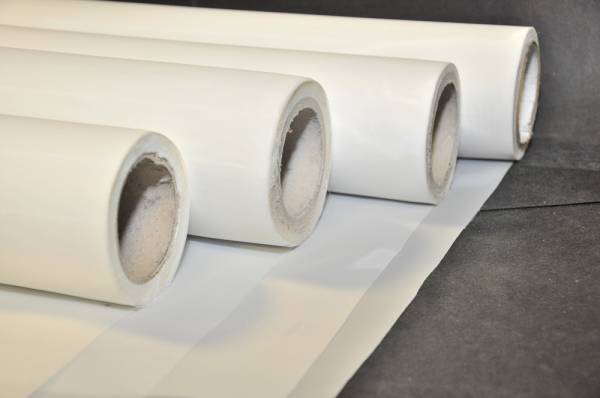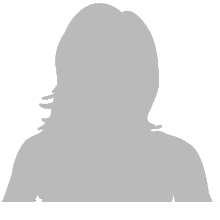Company Blog
Products for Filtration, Separation, Sifting and Printing
27
Mar
Do you know what mesh to be used in your print?
- Font size: Larger Smaller
- Hits: 6219
- Subscribe to this entry
- Bookmark

For most of clients who are new to silk printing, the first thing you might have in mind is " Which mesh shoud i choose for my print?", as a screen mesh supplier, sharefilters would like to share some general knowledge about mesh selection
Mesh Guides--- To choose the most suitable silk mesh for prints
- Lower mesh number in weft and warp direction (mesh number per centimeter or per inch) means that mesh opening is larger and coarser mesh is, which will allow more ink through; On the contrary, a higher number, the finer mesh will be, so is the mesh opening.
- DPP43T is the most common mesh item for textile printing, so if you have no idea what mesh used for textile printing, why not give a DPP43T a try, which wil surprise.
- A finer mesh for screen printing with water-based ink will be more difficult and hard-job to be achieved, because water-based ink will dry more quickly on the finer mesh with smaller mesh holes, so be careful when you are choosing finer mesh for printing with water-based ink.
Below is the table for general suggestion on what mesh should be used in which printing industry
| 21T 24T | Beach Towels, Pennant Inks, Glitter Inks, Thicker Inks |
| 34T 43T | Textile Inks, Opaque Inks Textile, T-shirts |
| 49T 55T | Textile Inks, Finer Textile Design, Water-based Inks |
| 62T 68T | Enamel Inks, Very fine textile ink or coarse plastisol ink printing |
| 77T | Paper and Board Inks, and Textile |
| 90T 100T | Vinyl Inks, Plastic Inks, Plastisol Inks (Solvent based), Paper and Board |
| 110T 120T 130T 140T | Half tone printing, Paper and Board Vinyl Plastic, Plastisol etc. |
| 150T 165T 185T | UV Printing or very fine half-tone printing work |
Mesh Selection
Screen meshes have too many different specifications, even one mesh count has different thread diameter, color and width, so to choose a suitable mesh is a tough and frustrating job to do; Then below are the general guideline for easy and quick mesh selection.
- Use 30 threads per inch mesh (12 threads per centimeter) for printing glitter inks.
- Use 60 threads per inch mesh (24 threads per centimeter) for athletic printing, opaque ink deposits, thick puff ink, and shimmer ink.
- Use 85 threads per inch mesh (34 threads per centimeter) for heavy coverage on dark shirts, solid underbase prints, puff, metallic, and shimmer inks, and transfer printing.
- Use 125 threads per inch mesh (49 threads per centimeter) for general printing on dark shirts, underbase prints with detail, prints on dark nylon jackets, and silver shimmer ink.
- Use 180 threads per inch mesh (71 threads per centimeter) for multi-colour printing on light shirts, light colored nylon jackets.
- Use 230 threads per inch mesh (90 threads per centimeter) for detailed multi-colour printing on light shirts, light nylon jackets, over printing on dark shirts.
- Use 305 thread per inch mesh (120 threads per centimeter) for process color on light shirts, overprinting on dark shirts.
- When printing fleece goods use 20 threads lower. When printing with an automatic press use 30 threads higher.
Tagged in:
high quality Chinese printing mesh supplier
high tension polyester printing mesh
mesh selection guideline
textile printing mesh
woven printing mesh





